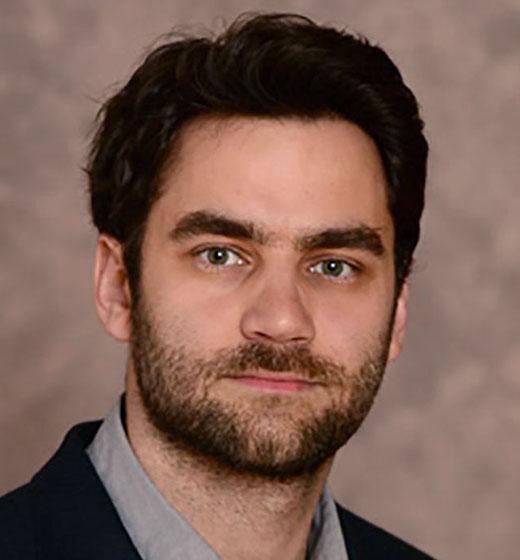
Using Original Sources to Learn Research Skills

This past spring, the students in the two sections of History 102 (World Civilizations) taught by Professor Emin Lelíc enjoyed a rare experience for introductory level history students: they used original sources dating as far back as the 1830s. These became the springboard to develop skills that they will benefit from throughout their college careers and beyond.
Professor Lelíc worked with Ian Post, our special collections librarian and university archivist, to develop an assignment that would challenge students to master new skills and intrigue them with the study of history. Working in groups, students chose from a range of pre-selected diaries, scrapbooks and other materials relating to world events. They then researched their documents, finding and using secondary sources to learn about the historical context of the source. Finally, they presented their findings by creating short documentaries.
Students looked at sources that ranged from an 1834 religious diary to late 1800s trade cards reflecting the social attitudes of their time period to mid-20th century scrapbooks and graphic materials. Class members flocked to items relating to one of the most important chapters in recent world history, World War II and the events surrounding it. One group focused on the scrapbooks and photo albums of Luis Alaniz, a Mexican-American who enlisted before the war started and served in Europe as a railroad engineer with the U.S. Army. Another group studied the remarkable diary of a sergeant who served in the U.S. forces occupying Osaka, Japan, at the end of the war. Yet others explored the context of a collection of small posters from the era of the Spanish Civil War and World War II that also served as coupons for rationed items and as propaganda pieces.

Students enjoyed the project and reported learning the skills the faculty hoped they would, including distinguishing between primary and secondary sources, understanding historical context, and learning where and how to find books and articles. One student commented, “It was pretty cool to work with authentic historical documents.” Another noted, “I enjoyed how it was a way to talk about history in a creative manner.”
For his efforts, Professor Lelíc earned an award as the SU Libraries’ Information Literacy Partner of the Month for February-March. He also received one of the inaugural SU Libraries Course Enhancement Grants to refine his assignment. We look forward to continuing to work with Professor Lelíc and his students!